Research groups and laboratories
We also translate all the theories we teach in lectures into research practice. Our research groups examine current technologies and use them to design future technologies. FEE's goal is always to be one step ahead of the curve so that graduates are prepared to respond adequately to lightning changes.
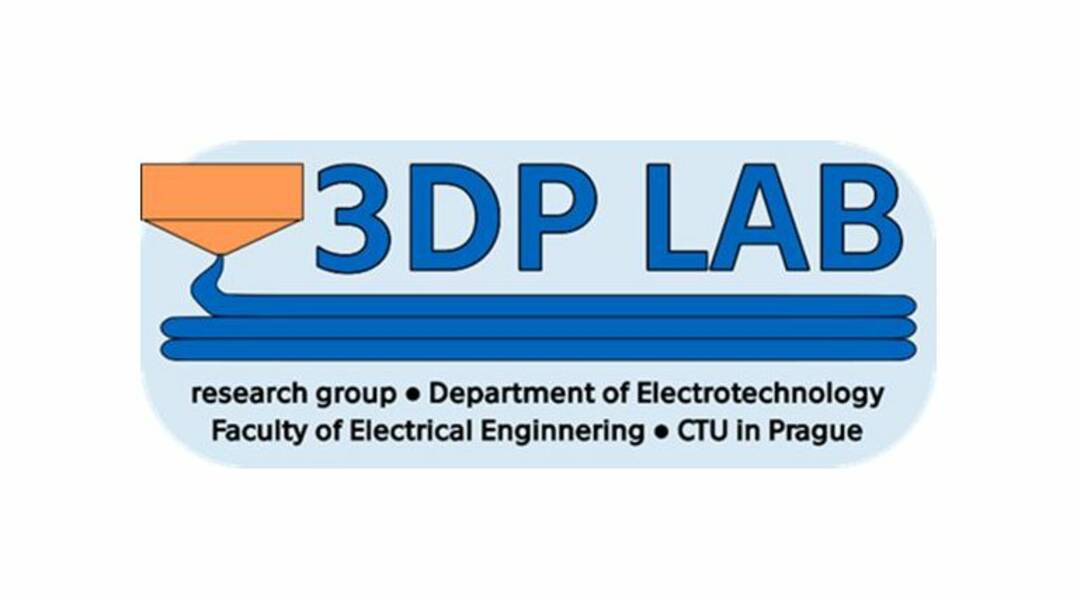
3DP Lab - Development and research of materials for 3D printing in electrical engineering
Research topic
MaterialsThe 3DP Lab research group, based at the Department of Electrical Engineering, is engaged in materials research and development of new and advanced materials for 3D printing using FFF and SLA technologies with applications in electronics and electrical engineering.
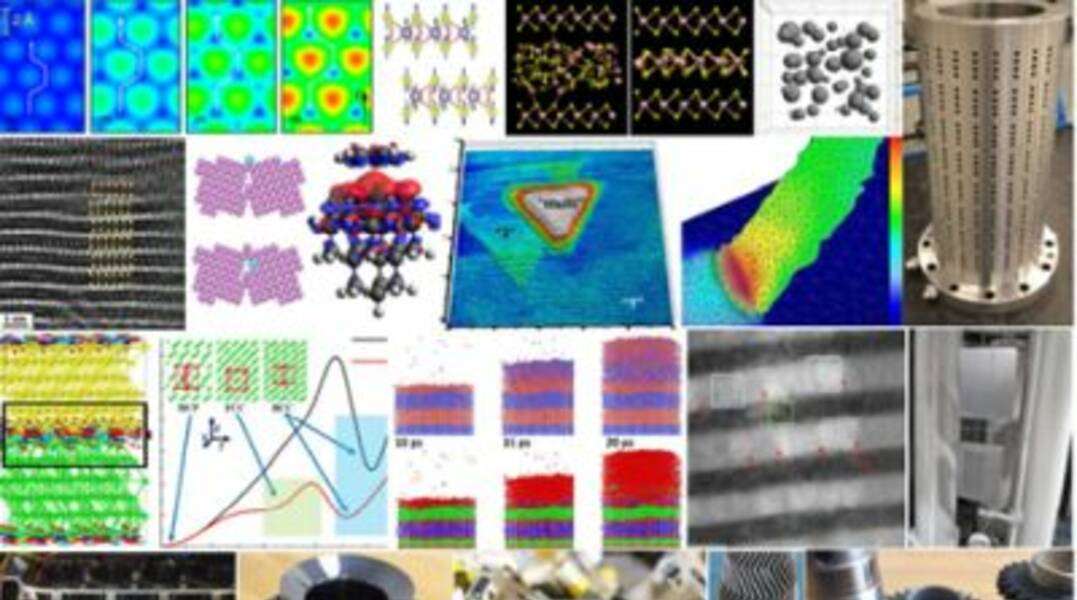
Advanced Materials Group
The Advanced Materials Group, based at the Department of Electrical Engineering, is engaged in atomistic simulations with advanced deposition methods for designing and preparing novel functional low-dimensional materials, thin films and alloys, with applications in tribology, energy harvesting/storage and electronics.

AEDPE – Advanced Electric Drives and Power Electronics
Research topic
PowerThe research group AEDPE – Advanced Electric Drives and Power Electronics, operating at the Department of Electric Drives and Traction, focuses on the research and development of advanced control strategies for power electronics converters for both drive and non-drive applications. The main goal is to enhance the efficiency and effectiveness of the converters and drives. Another area of interest is the mathematical modeling of drives and converters, including computer simulations of power electronics systems. We also explore the potential applications of modern transistors based on SiC and GaN in various DC and AC converter topologies and the design of the converters themselves.

Antennas, EMC and EM field simulation
The team is involved in the research, design and development of a wide range of antenna types: planar, horn, UWB, Yagi-Uda, special feeds for reflector systems, etc.

Application and diagnostics of materials and nanomaterials
Research topic
MaterialsThe team is focused on the development of diagnostics for the evaluation of the properties of new types of environmentally friendly fasteners for electrical and electronics engineering, in particular lead-free solder joints, but also electrically conductive adhesives.

Biomedical and ecological applications of EM fields
The research team focuses on basic and applied research into the use of EM fields in the biomedical field and also on the research and development of applications of EM fields for new ecological industrial technology. Therapeutic and diagnostic applications of EM fields have been used in medicine since 1981.
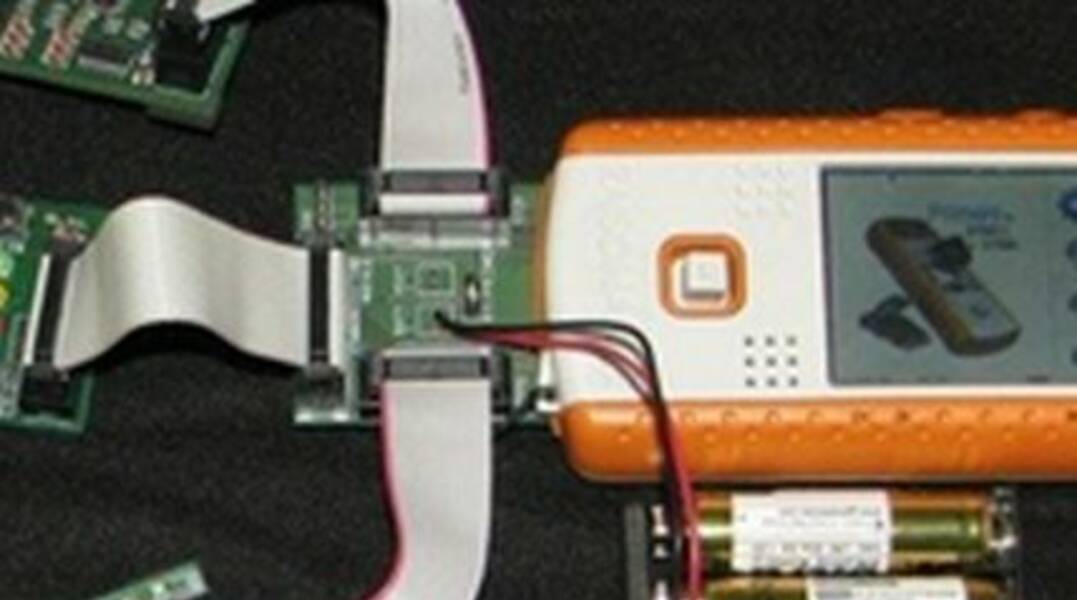
Biomedical Electronics Group
The Biomedical Electronics research group deals with the design and implementation of hardware for biomedical applications and biological signal processing.
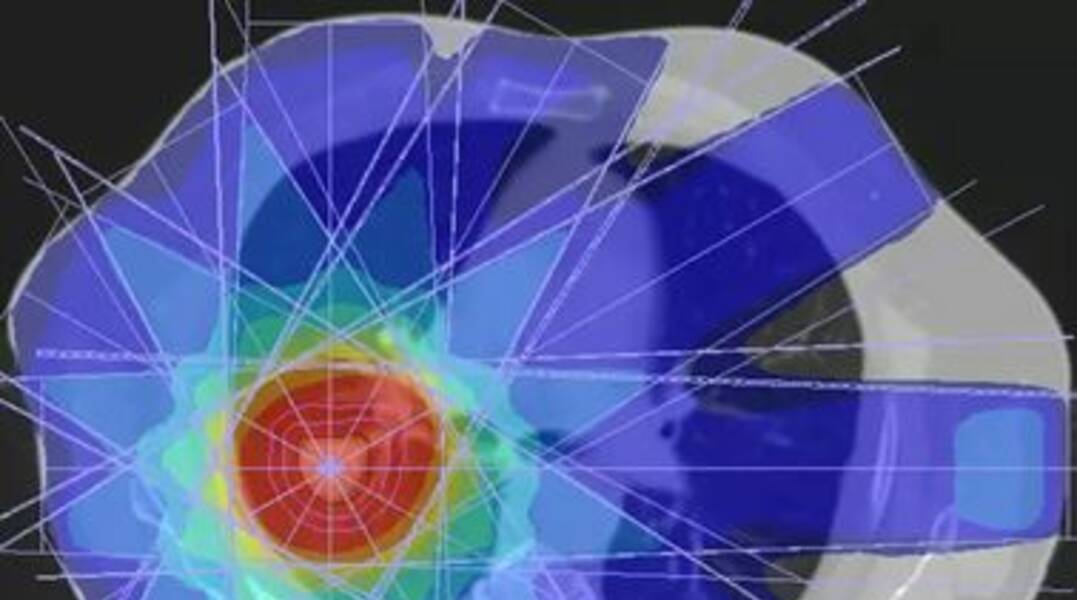
Biomedical Imaging Algorithms (BIA)
Research topic
Image processingThe Biomedical Imaging Algorithms (BIA) group develops new algorithms for image processing in medical and biological applications. It processes images from a variety of modalities, including MRI, ultrasound, computed tomography, and microscopy, in 2D, 3D, and 4D. It can preprocess, register and segment, model, reconstruct and classify data. It uses signal processing, numerical mathematics and machine learning techniques, including modern deep learning methods, popularly known as AI.

Center of Artificial Intelligence (AIC)
Research topic
Artificial IntelligenceThe AIC team (under the guidance of prof. Michal Pěchouček) engages in basic and applied research of artificial intelligence (AI). Among its main research areas are robotics, cyber security, game theory, planning, transport, optimization and machine learning. AIC works closely alongside companies and has also established a joint research lab with several.

Centre for Advanced Photovoltaics
Founded in 2017 with support from the Czech government and the EU Structural and Investment Funds, CAP is an interdisciplinary research centre at CTU, linking the Faculties of Electrical Engineering, Architecture and Nuclear Sciences & Physical Engineering, as well as the University Centre for Energy Efficient Buildings.
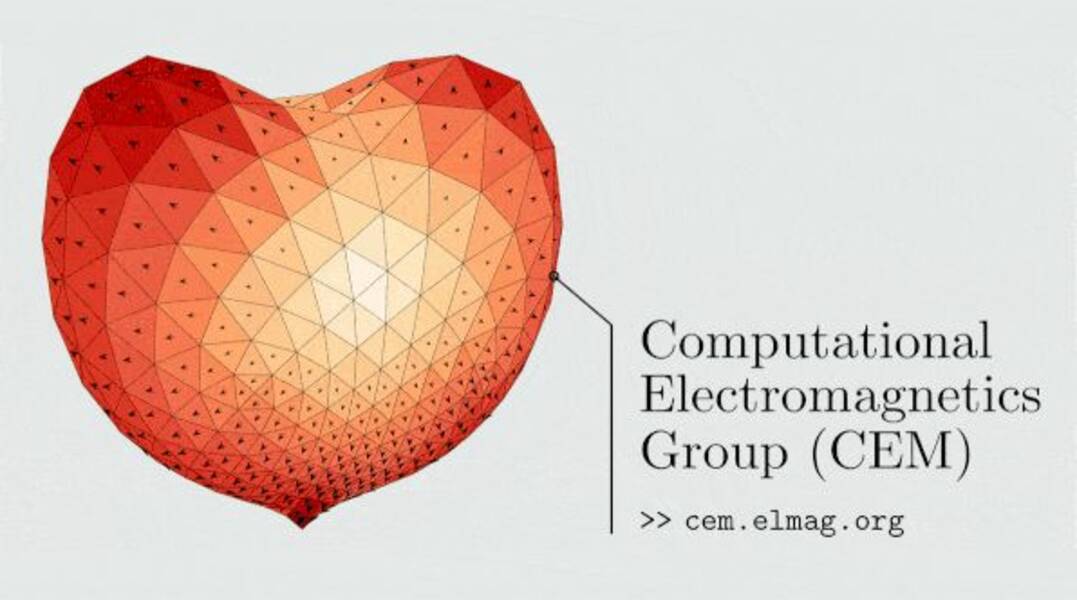
Computational Electromagnetics Group (CEM)
Research topic
Electromagnetic fieldsThe group is involved in researching elements of electromagnetism from static to optical frequencies, particularly by the use of numerical modeling, topology optimization, and fundamental bounds. The group's primary focus is the study of electromagnetic phenomena associated with communication technologies, with a important interest in the development of efficient software tools in the framework of computational electromagnetism.
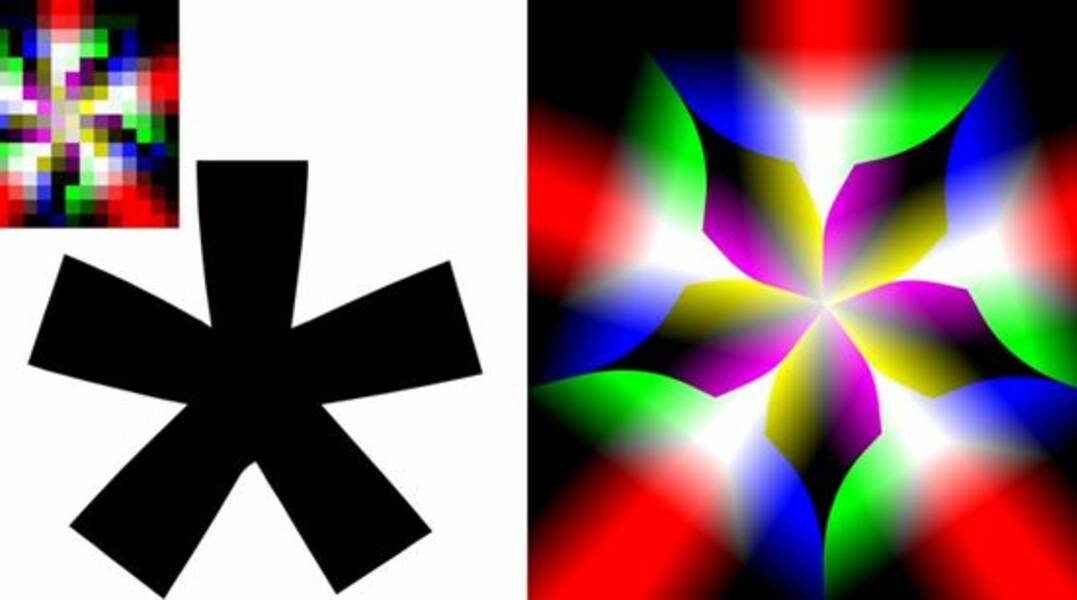
Computer Graphics Group
Research topic
Computer GraphicsThe Computer Graphics Group (CGG) focuses on research in the areas of realistic image synthesis, artistic style transfer, interactive image manipulation, capturing and modeling material appearance, efficient data structures for rendering, real-time rendering techniques, data visualization, and virtual and augmented reality.

Data Network and Testing Group
The requirements for data connectivity and the quality of service provided are constantly increasing. Universal access to the internet is viewed as a necessity in today’s society, and so we must investigate and develop new concepts for the use of physical media and the modification of the entire network infrastructure. A key solution that we use in our research and we offer commercially is the F-Lab comprehensive testing system, including the F-Tester® platform.
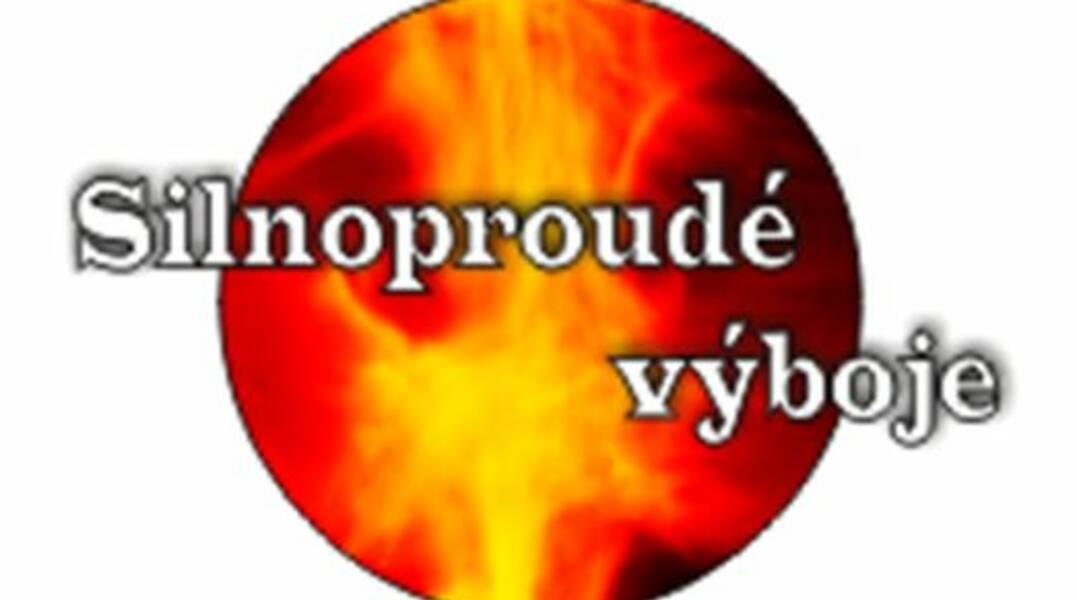
Heavy-current discharge group
The group conducts basic research of hot and dense plasmas, especially research into heavy-current discharges similar to lightning. Heavy-current discharge type z-pinch or plasma focus are characterized by their high efficiency of conversion of electric energy into the energy of plasma.

Human-Computer Interaction (HCI) Group
Research topic
Human-computer interactionHuman-computer interaction is the interdisciplinary field which deals with the factors that affect the quality and efficiency of user interaction with computational systems. The research group deals with the issues of understandably presenting information to the user and conveniently inputting data for a variety of "non-traditional" user groups: People in a mobile environment, the elderly, the visually impaired or those with problems with fine motor skills in their fingers.

Intelligent Data Analysis Research Group
Research topic
Machine LearningThe IDA group conducts research in machine learning and artificial intelligence methods allowing data analysis and creation of predictive models. The research also involves related topics such as mathematical optimization. Application domains include bioinformatics, computational biology, sports analytics, and mathematics. In 2023, the group had 15 people consisting mostly of PhD students and postdocs, and had a strong international profile.

Laboratory of Intelligent Mobility and Energy Systems for Sustainability
LIMESS (Laboratory of Intelligent Mobility and Energy Systems for Sustainability) focuses on research and development of advanced technologies for sustainable mobility and energy. The main thrust is the integration of vehicle-to-grid (V2G) technology into electricity grids and the use of artificial intelligence to optimise energy systems. The aim is the efficient use of renewable energy sources and the development of smart solutions for sustainable development. Activities include the analysis of energy flows, the development of algorithms for predicting energy consumption and the design of systems for the dynamic distribution of energy resources. The lab collaborates with research institutions and industrial partners and supports the involvement of students in research projects.
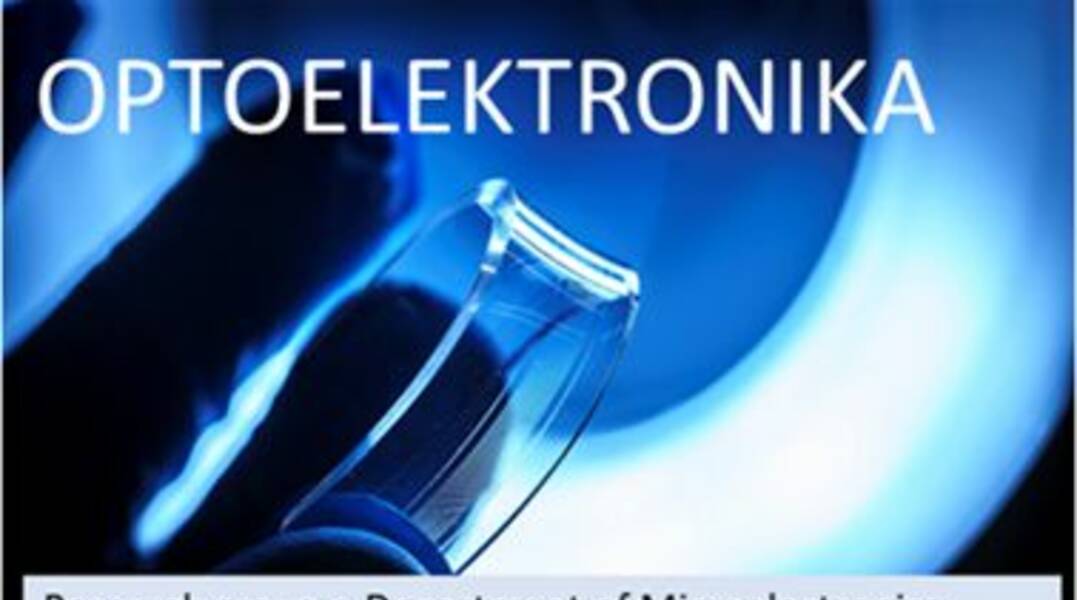
Laboratory of Planar Optoelectronic and Optical Integrated Structures (PLANIO)
The OPTOELEKTRONIKA research group operates at the Department of Microelectronics in the PLANIO laboratory (Laboratory of Planar Optoelectronic and Optical Integrated Structures) and is engaged in research in the field of integrated planar and fibreoptics, optical sensors and optoelectronics.

MAGLAB - Laboratory of sensors and magnetic measurement
Research topic
SensorsMAGLAB engages in the development and applications of sensors, particularly magnetic sensors. It measures, models and modifies the magnetic properties of materials, including microwires and nanoparticles. It not only engages research projects, but it is also successfully partnered with companies on their issues and joint projects. Devices made by the team have proven themselves in the cosmos (Czech satellite Mimosa), on earth (metal detectors, measurement of the volume of the stomach) and underground (the seeker bombs, navigation system for drilling rigs).

Microwave Measurement Group
Research topic
MeasurementWe are a research group engaged in microwave measurement, including the design and construction of high-frequency circuits and systems. Our work covers a wide range of topics concerning microwaves, from the theory of calibration-correction methods to complex designs and large microwave measurement systems.

NavLIS - Navigation group of the laboratory of Aeronautical Information Systems
Research topic
Navigation SystemsThe group focuses on the research and development of navigation systems and their related algorithms which are applicable in a wide range of areas, such as the navigation of air and land resources, robots, UAV, intelligent metal detectors, hand-held devices, and combining the data from other systems (inertial sensors, GNSS, inclinometers, magnetometers, cameras, etc.). We attempt to ensure the sufficiently accurate determination of orientation and position even in strong vibration, or when under the different dynamics of movement and the influence of the surroundings.
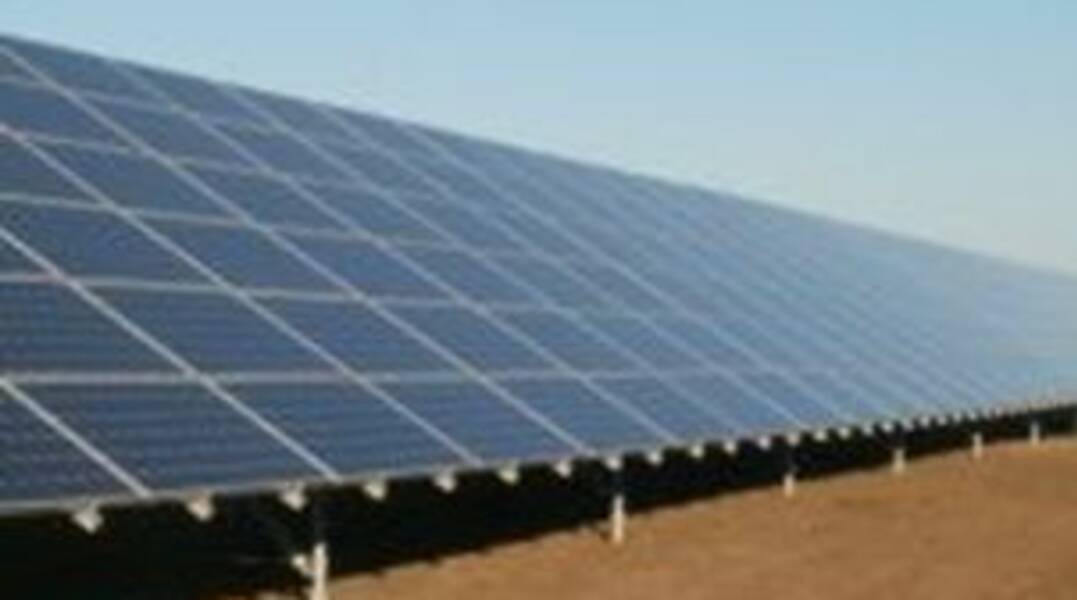
Photovoltaics
The group mainly deals with diagnostics of photovoltaic cells and modules using new and standard methods. It also focuses on the optimization of photovoltaic (PV) systems and the possibilities of effective utilization of electrochemical sources in existing and new PV systems.
Quantum structures group
Research topic
MathematicsThe research group Quantum structure at the Department of Mathematics, Faculty of electrical engineering), Czech technical university deals with the orthomodular theories and the case of non-associative algebraic structures or optical properties of algebras and the theory of the extent built on these structures. These topics are motivated by quantum theory.

SAMI - Analysis, modeling and interpretation of signals
The group SAMI is engaged in basic and applied research in biomedical engineering. The main areas of interest are speech, biological signals, digital signal processing and machine learning with a focus on neurology, phoniatrics, speech therapy and physiology. The group supports quantitative multidisciplinarity. Research projects are conducted in cooperation with teaching hospitals, and the findings are used in diagnosis and the evaluation of treatment.

Solar cells and new materials for photovoltaics
Our group within the Department of Electrotechnology researches and develops new types of solar cells and materials. Our goal is to increase the efficiency of photovoltaic conversion, especially by using the so-called silicon-based tandem structure in combination with new materials. We deal with the preparation of the individual layers and finished devices using chemical and solid-state processes and their subsequent testing and optical characterization.

Speech Processing Laboratory
Research topic
Signal processingThe Speech Processing Laboratory team deals with the analysis and processing of speech signals with a focus on systems of speech recognition and enhancement of speech for communication purposes. its current activities are directed primarily toward the recognition of continuous speech with a large vocabulary with a narrower focus on the processing of disturbed speech from a noisy environment or spontaneous talk, highlighting speech used in communication in a noisy environment or during the extraction of the symptoms for robust speech recognition noise disturbed speech.
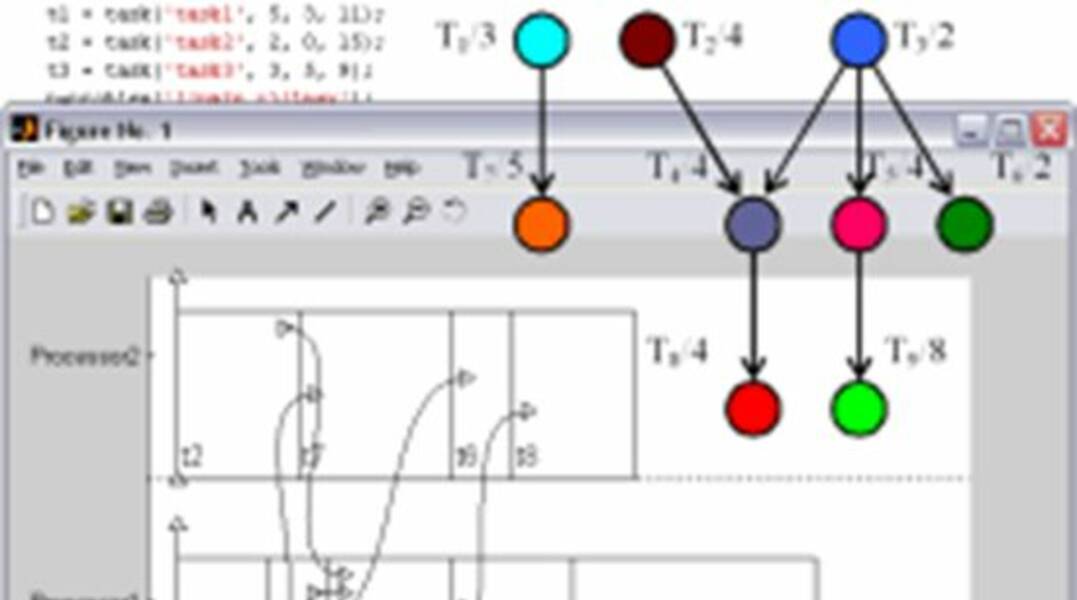
TORSCHE Scheduling toolbox for Matlab
Research topic
Optimization and PlanningOur research group is engaged in the development of algorithms for scheduling to optimize production, the effective use of human resources, or even the coding of programs and the effective use of communication links. Our main priority is the application of these algorithms in practice.
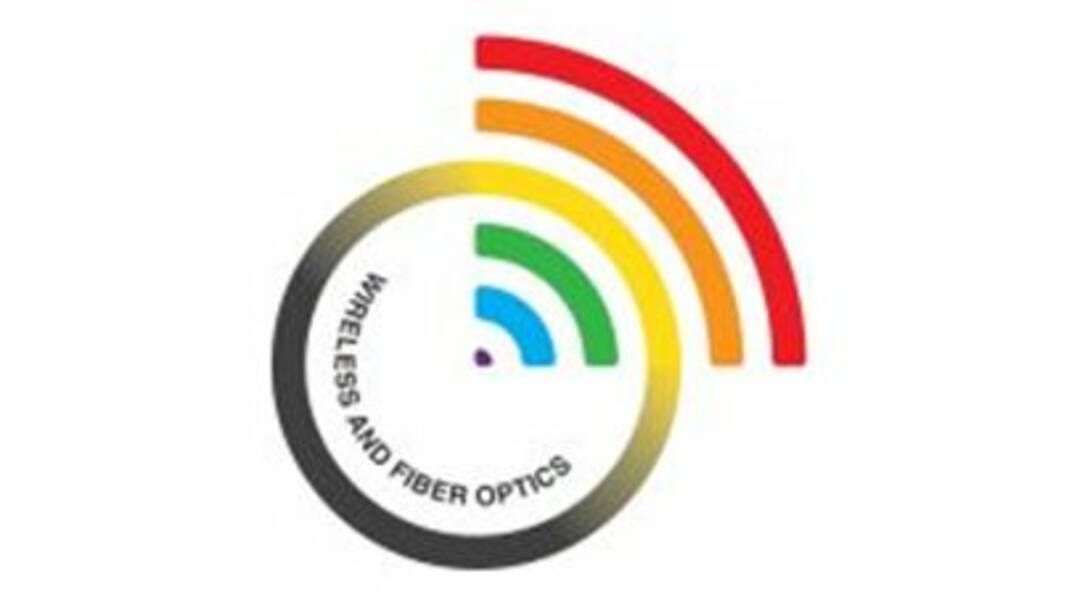
Wireless and fiber optics group
Our research team conducts wireless and fiber-optics research from the visible to the mid-infrared wavelengths. We focus on three main communication topics: fiber-optic communication, visible light communication and optical camera communication. Furthermore, we combine fiber optics with microwaves and antennas as part of the framework of microwave photonics. We also study free-space optics, develop fiber-optic sensors and work with state-of-the-art hollow-core optical fibers. Recently, we also started research into quantum communication (quantum key distribution).

